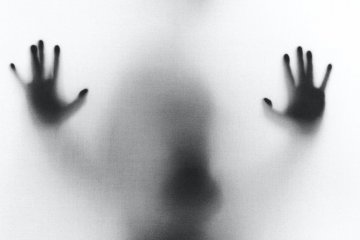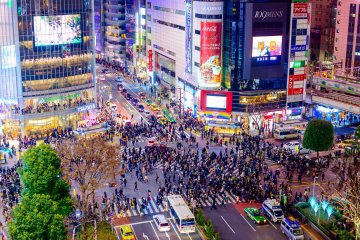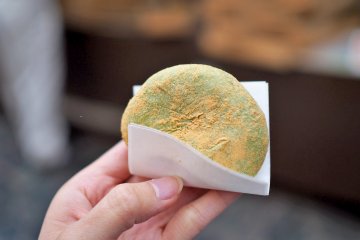

After the battle of Sekigahara, Nagachika Kanamori built a castle and port for the transport of goods and people on the Nagara river, the life-line of trade in the Mino Basin. Today the port lighthouse still stands and from time to time is lit to celebrate the rich history.
What put Mino city on the map was its “washi”, Japanese paper. During the Warring states and Edo period, southern Gifu was called “Mino koku” (Mino Country). It was here in “Kozuchi”, the original name of the town, where washi became a mass industry. This hand-mande paper was fine, beautiful and sold all over Japan. In 1911, the people decided to rename their town after the paper thus becoming Mino City.
Due to the success of “Mino Washi”, the downtown area, which is shaped into the character “eye” (目), flourished to include many large homes lined with Udatsu. This area, known as Mino-machi, is located on top of a hill which made it resistant to floods and earthquakes but put it at a distance to the river in case of a fire. There fore, people constructed Udatasu firewalls on both sides of the roof, widened the street and enshrined hibusegami (god of fire prevention) on the roof. Each Udatsu is decorated with the family crests and Mushiko windows (small windows designed to look like butterfly catchers). In the evenings starting mid-October till the end of November, the Udatsu streets are lined with laps and art made from Mino Washi. Spotlights shine on the homes while the street glows with the warmth of washi lanterns.
Though visitors cannot go by boat to Mino City today, it is accessible by car and the scenic Nagara Railroad. From there you can walk to the Udatsu houses. At the tourism office, rent a bicycle to explore the temples, shrines, river side, old Meitetsu train station featuring three old streetcars or even go as far as the Mino Washi Museum.
Besides history, Mino City is a dream for the outdoor lover with white water kayaking and rafting, golf, cycling, rock climbing and trekking. Even families can get involved.
If you are planning a trip through the country side of Japan, stop off at Mino City and take in this Jewel of Preservation.
More



















This small community nestled between Gujo City and Seki City grew from a sleepy river port into a world renowned producer of Mino Washi, Japanese paper, and preserver of its old downtown area lined by Udatsu houses.
After the battle of Sekigahara, Nagachika Kanamori built a castle and port for the transport of goods and people on the Nagara river, the life-line of trade in the Mino Basin. Today the port lighthouse still stands and from time to time is lit to celebrate the rich history.
What put Mino city on the map was its “washi”, Japanese paper. During the Warring states and Edo period, southern Gifu was called “Mino koku” (Mino Country). It was here in “Kozuchi”, the original name of the town, where washi became a mass industry. This hand-mande paper was fine, beautiful and sold all over Japan. In 1911, the people decided to rename their town after the paper thus becoming Mino City.
Due to the success of “Mino Washi”, the downtown area, which is shaped into the character “eye” (目), flourished to include many large homes lined with Udatsu. This area, known as Mino-machi, is located on top of a hill which made it resistant to floods and earthquakes but put it at a distance to the river in case of a fire. There fore, people constructed Udatasu firewalls on both sides of the roof, widened the street and enshrined hibusegami (god of fire prevention) on the roof. Each Udatsu is decorated with the family crests and Mushiko windows (small windows designed to look like butterfly catchers). In the evenings starting mid-October till the end of November, the Udatsu streets are lined with laps and art made from Mino Washi. Spotlights shine on the homes while the street glows with the warmth of washi lanterns.
Though visitors cannot go by boat to Mino City today, it is accessible by car and the scenic Nagara Railroad. From there you can walk to the Udatsu houses. At the tourism office, rent a bicycle to explore the temples, shrines, river side, old Meitetsu train station featuring three old streetcars or even go as far as the Mino Washi Museum.
Besides history, Mino City is a dream for the outdoor lover with white water kayaking and rafting, golf, cycling, rock climbing and trekking. Even families can get involved.
If you are planning a trip through the country side of Japan, stop off at Mino City and take in this Jewel of Preservation.